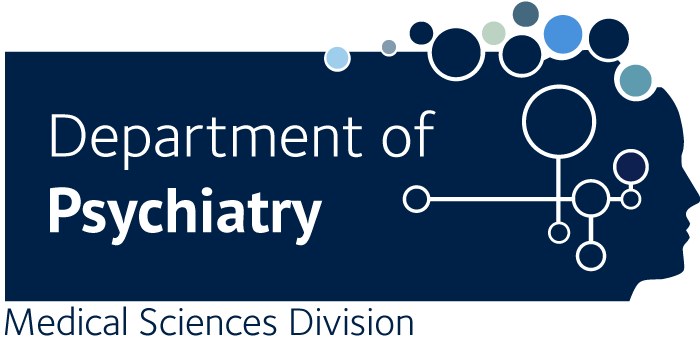Comparison of Genotypic and Phenotypic Correlations: Cheverud's Conjecture in Humans.
Sodini SM., Kemper KE., Wray NR., Trzaskowski M.
Accurate estimation of genetic correlation requires large sample sizes and access to genetically informative data, which are not always available. Accordingly, phenotypic correlations are often assumed to reflect genotypic correlations in evolutionary biology. Cheverud's conjecture asserts that the use of phenotypic correlations as proxies for genetic correlations is appropriate. Empirical evidence of the conjecture has been found across plant and animal species, with results suggesting that there is indeed a robust relationship between the two. Here, we investigate the conjecture in human populations, an analysis made possible by recent developments in availability of human genomic data and computing resources. A sample of 108,035 British European individuals from the UK Biobank was split equally into discovery and replication datasets. Seventeen traits were selected based on sample size, distribution, and heritability. Genetic correlations were calculated using linkage disequilibrium score regression applied to the genome-wide association summary statistics of pairs of traits, and compared within and across datasets. Strong and significant correlations were found for the between-dataset comparison, suggesting that the genetic correlations from one independent sample were able to predict the phenotypic correlations from another independent sample within the same population. Designating the selected traits as morphological or nonmorphological indicated little difference in correlation. The results of this study support the existence of a relationship between genetic and phenotypic correlations in humans. This finding is of specific interest in anthropological studies, which use measured phenotypic correlations to make inferences about the genetics of ancient human populations.

